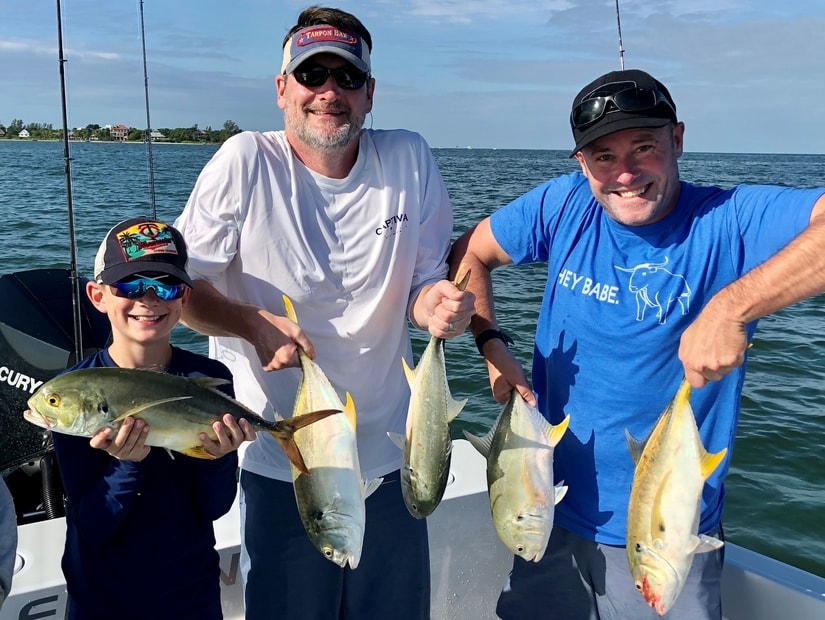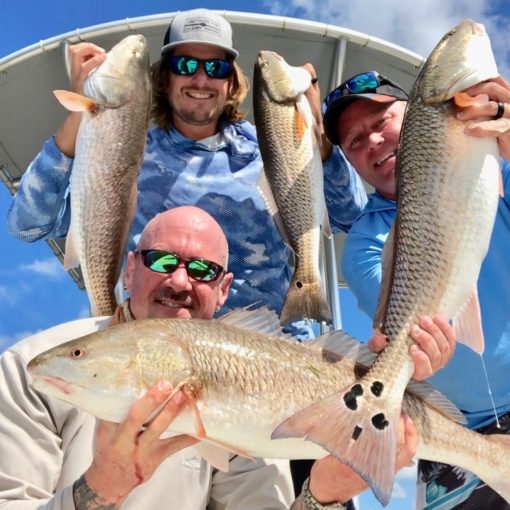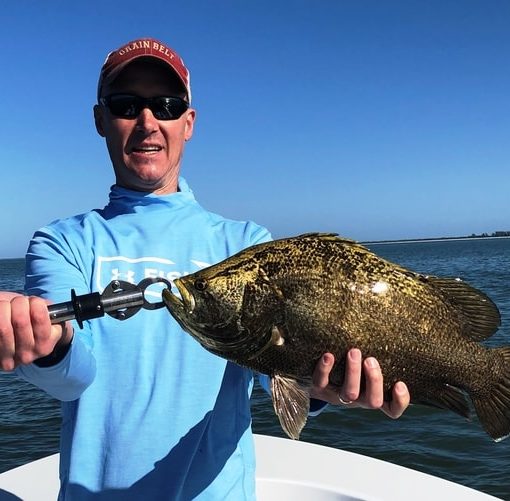Crevalle Jack? Of all the interesting back-stories behind how species come by their scientific names, one of the most interesting is Caranx hippos. Normally ‘hippos’ is associated with horses, or the hippopotamus. It does literally mean ‘horse’ though so how did a species of fish come to be called ‘horse’? There are several theories but to understand them we need to look at one of the crevalle jack’s most common names – horse mackerel.
How Crevalle Jack Got Its Real Name – It’s Complicated!
One theory is that it was thought this fish carried other fish on its back. It was also presumed to be a mackerel so ‘horse mackerel’ makes perfect sense! The other probably more likely theory is that the name started out as Horsmakreel, an old Dutch word. It translates as a makreel that spawns over a hors. Makreel is ‘mackerel’ and a ‘hors’ is a bank or shallow in the sea. As mentioned, the fish was classed as mackerel for a long time, and they do spawn over reefs or in bays. In English hands, the name became ‘horse mackerel’.
When the father of modern taxonomy Carolus (Carl) Linnaeus developed his nomenclature system, he unsurprisingly called the fish Scomber hippos. Scomber is a genus in the Scombrini tribe (order Scombriformes) whose members (Scomber and Rastrelliger) are referred to as ‘true mackerels’. Hippos we already know means ‘horse’.
Eventually though S hippos was reclassified as a Carangiformes not a Scombriformes. It was given its own genus Caranx in this order under the family Carangidae AKA the ‘jacks’, ‘horse mackerels’ and crevalles. The carangidae family includes many other familiar species like pompanos, jacks, scads, runners, and of course jack mackerels. ‘Caranx’ comes from ‘carangue’, a French word for Caribbean fish. As for ‘jack’ … A jack is a male donkey, a close relative of the horse so this nomenclature could well be a pun.
And so it was that Scomber hippos became Caranx hippos, a name that has stuck to this day. Other common names include common jack, yellow cavalli, and jack crevale.
Finding Crevalle Jack
This is a temperate and tropical coastal species found on both eastern and western shores of the Atlantic. It’s also prolific throughout the Caribbean, not surprising given the origins of the name ‘Caranx’. Historically there are also accounts of crevalle jack being found in the eastern Pacific and Indian Oceans. However, these are now classed as distinct species in their own right. Caranx caninus is the Pacific crevalle jack. Caranx heberi (blacktip trevally) and the massive Caranx ignoblis (giant trevally) are both found in the Indian Ocean.
Crevalle jack is a very fast moving pelagic fish. ‘Pelagic’ means it lives in the middle of the water column. It’s also euryhaline and eurythermal so can tolerate a range of salinities and temperatures, including fresh water. In fact, jack of all ages have been found comfortably living in fresh water river systems. Generally though most juveniles and smaller adults live in large schools in shallow inshore water. The estuaries, mud and sand flats, lagoons, shallow reefs, and seagrass beds in these habitats provide both food and protection. Larger adults often move out to deeper waters and offshore reefs, and take up a more solitary life.
What’s In A ‘Horse Mackerel’s’ Diet?
The species’ primary diet consists of fish, invertebrates and shrimp. Smaller jacks eat crustaceans and small fish. Crevalle jack themselves are an important prey species for a range of other marine predators, and sea birds.
Identifying Crevalle Jack
Crevalle jack are an attractively colored fish with a unique characteristic not found in any other western Atlantic jack species. Namely, it has a small scaly patch just in front of the pelvic fins whilst the rest of its chest is scaleless. There is also a dark spot on the upper part of the gill cover and another one at the base of their pectoral fin. The pectoral spot and the scaly patch clearly distinguish this species from other similarly sized, shaped, colored fish.
Adult jacks have a greenish bluey black back with a creamy silvery yellow belly. The anal and tailfin lobes are noticeably yellow and the latter often have a black edge. Juveniles are similarly colored but have broad dark lateral vertical stripes that fade as they mature.
The head is blunt and steep with large eyes and a large mouth whilst the body is deep with moderate lateral compression. Adults can grow to around 3 feet but they’re more commonly around 1 – 2 ½ feet. Average weight is 15 – 30 pounds although adults weighing up to 50 pounds have occasionally been caught.
Spawning Habits
Crevalle jack spawn between March and September, and will do so in both subtropical and tropical water. In Florida, they predominantly spawn in the warm waters of the Gulf Stream. They are particularly prolific spawners, which accounts for their large numbers. The newly hatched larvae are, like the eggs, pelagic. They will remain floating in the water column until big enough to move to estuarine nurseries.
Crevalle Jack – Commercially Important
The species is one of the most popular and commercially significant game fish in the Atlantic. Large numbers, its speed and aggression when caught all contribute to this reputation. Be sure to check the latest Cape Coral fishing report to see the current locations of this highly regarded sporting fish. Contact us if you’d like to book your own custom crevalle jack fishing charter.





